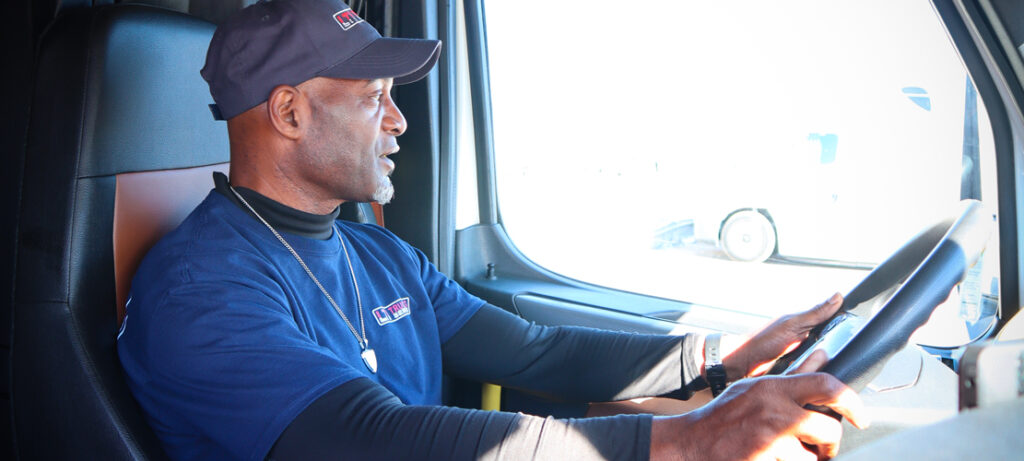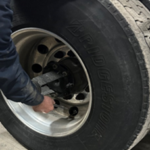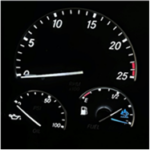
In the last year, diesel fuel prices have spiked drastically. The cost to fuel is higher than it has ever been. LTI is actively searching for ways to increase fuel economy and eliminate unnecessary idling. On average, LTI’s fleet produces 8.14 driving MPG. There are many actions that are currently being taken to improve our fuel economy, but the most effective steps are made by the driver.
 1. Monitor Tire Pressure:
1. Monitor Tire Pressure:
Tires should be checked daily. This should be completed on your pre-trip and post trip. Every 1 psi missing from your tires can affect your overall fuel mileage. Under-inflated tires cause the truck to perform harder and use more fuel to overcompensate for the loss of psi. Under-Inflated tires can also cause blowouts which lead to more severe mechanical issues. Blowouts are one of the fleets highest cost expenses.
2. Use Cruise Control and Regulate Your Speed:
The constant change in acceleration and deceleration causes the truck to use more fuel. Utilizing your cruise control and maintaining a constant speed will allow the truck to burn less fuel. This is why you use less fuel on the interstate as opposed to city driving.
3. Use Momentum:
Using your trucks momentum is related to the concept of regulating speed. Use momentum to your advantage while climbing and descending hills. Avoid sudden accelerations and excessive braking, which increase fuel consumption.
 4. Do Not Overfill Your Tank:
4. Do Not Overfill Your Tank:
When a tank is overfilled, it can expand and overflow when heated. Overflowing fuel can be dangerous to other drivers on the road. This also adds extra weight that can slow down the truck. As a reminder, do not add anti-gel to your fuel tank. The wrong amount of anti-gel added to your fuel tank can cause complications with fuel injectors and the injection system. It can also void the trucks warranty related to the fuel system.
5. Minimize Idling:
Idling is the #1 cause for excess fuel usage. The Maintenance Department is actively taking steps to eliminate excessive idling. These steps include: parameter changes, battery options, and driver conversations. As a driver, you can decrease idling by:
· Plugging in your truck or utilizing shore power when available
· Limiting appliance usage
· Setting your APU